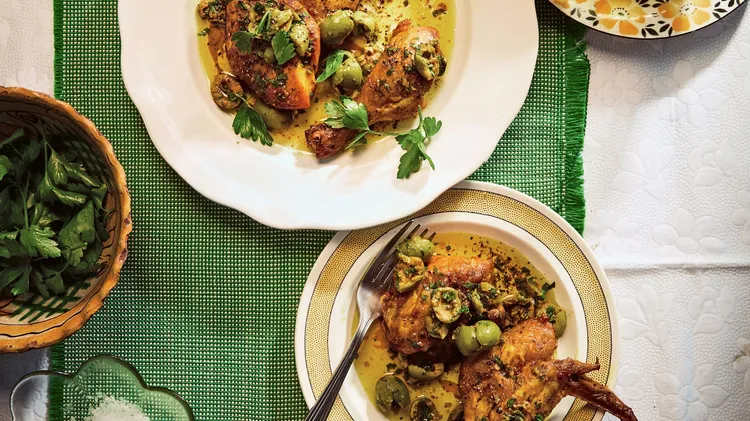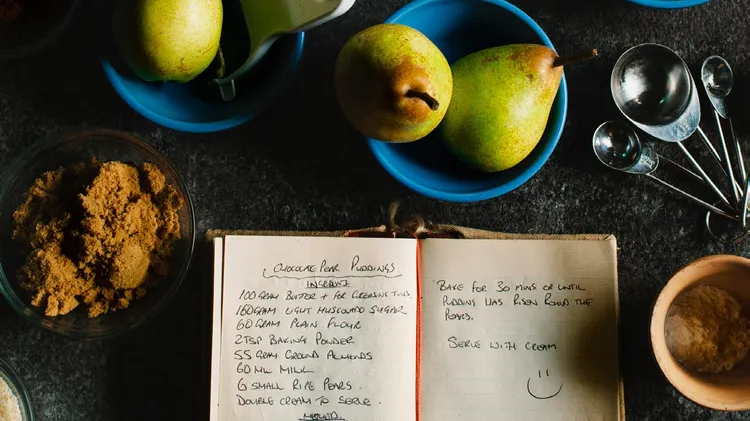CULINARY CHOICES REVEAL A LOT ABOUT MODERN CULTURE. EXPERTS WEIGH IN ON WHAT TH
How we eat now
3 min read
This article is from...
Read this article and 8000+ more magazines and newspapers on Readly






